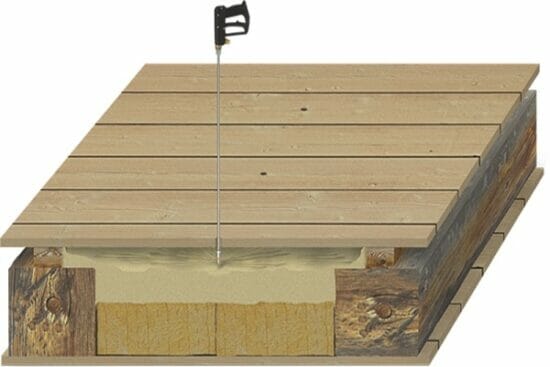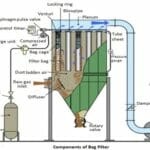- Course No E – 1800
- PDH Units: 3
No data found for Custom Course Number
No data found for Custom Course Units
- Course No E – 1800
- PDH Units: 3
Intended Audience: Structural, Civil, Materials, Construction, and Transportation
PDH UNITS: 3
Many commonly used wood species can deteriorate if exposed to conditions that support growth of wood-degrading organisms. Wood products can be protected from the attack of decay fungi, harmful insects, or marine borers by applying chemical preservatives. Preservative treatments greatly increase the life of wood structures, thus reducing replacement costs and allowing more efficient use of forest resources. The degree of protection achieved depends on the preservative used and the proper penetration and retention of the chemicals. Some preservatives are more effective than others, and some are more adaptable to certain use requirements. To obtain long-term effectiveness, adequate penetration and retention are needed for each wood species, chemical preservative, and treatment method. Not only are different methods of treating wood available, but treatability varies among wood species—particularly their heartwood, which generally resists preservative treatment more than does sapwood. Although some tree species possess naturally occurring resistance to decay and insects many are in short supply or are not grown in ready proximity to markets. This course is based on the publication by the USDA Forest Service, “Wood Handbook, Chapter 15: Wood Preservation”. The document should be studied to understand the different types of wood preservatives available for use and in what scenarios each should be chosen.
Learning Objectives
Upon completion of the course, the student should understand:- Wood Preservatives;
- Wood Treatments;
- Selecting Preservatives;
- Preservative Effectiveness;
- Effect of Species on Penetration;
- Preparation of Wood for Treatment;
- Application of Preservatives;
- Effects on the Environment, and
- Recycling and Disposal of Treated Wood.
Course Reviews
3
- 5 stars0
- 4 stars1
- 3 stars0
- 2 stars1
- 1 stars0
Once completed, your order and certificate of completion will be available in your profile when you’re logged in to the site.











“Course materials” were just Chapter 15 of the USDA Wood Handbook, nothing else. I feel like I’m missing something?
Very concise information on the topic. Great rules of thumb and facts about treatment processes that will affect my wood selection process for the future. An essential course for structural engineers designing with wood!